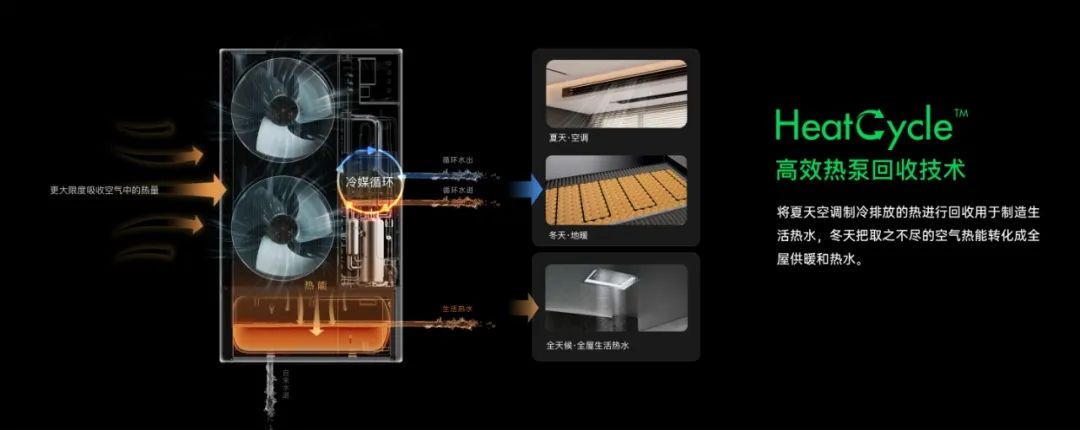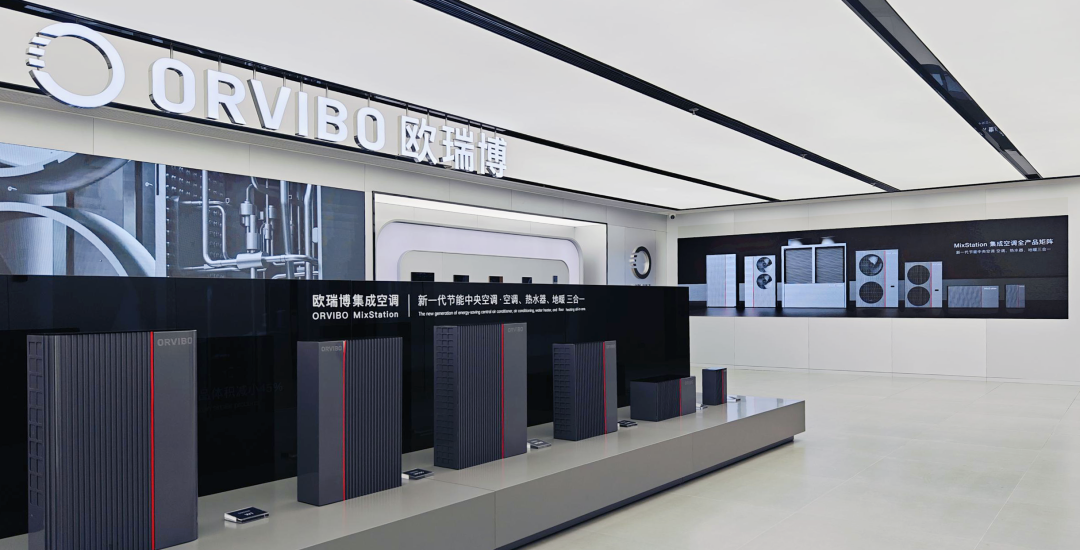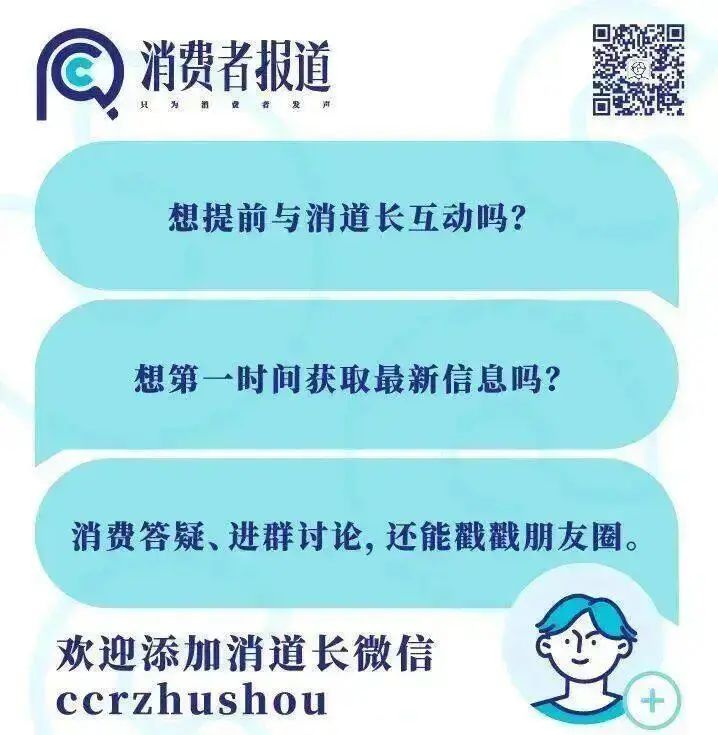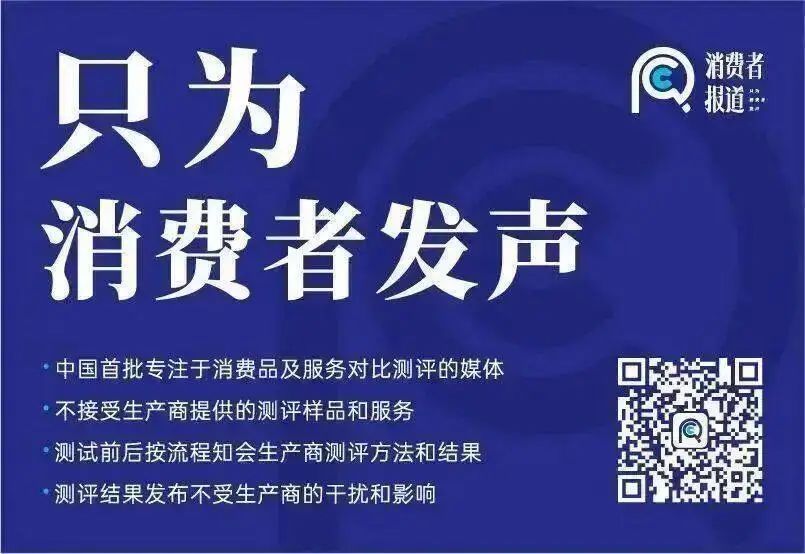01.
Phenomenon: The Dichotomy of the Smart Home Market
During the 2024 National Two Sessions, “new quality productivity” became a hot topic, and smart homes, as a typical representative, are ushering in unprecedented development opportunities. In July last year, smart homes were first included in the national consumption subsidy category, accelerating the industry’s move towards high-quality development.
However, this trillion-dollar market is showing a split development pattern. On one hand, the downturn in the real estate industry has led to a shrinkage in traditional channel traffic in the home industry, causing traditional smart home stores to reduce their scale and shift to light asset models like “backpackers”; on the other hand, the demand for whole-home intelligence from post-90s and post-95s renovation users has surged, with planning for smart systems starting from the water and electricity transformation stage. Third-party data shows that by 2024, the penetration rate of individual smart home products in China will exceed 40%, but the household penetration rate of whole-home smart systems is less than 8%.
“Consumers think that buying a few smart switches means they have a smart home? True whole-home intelligence needs to plan over 20 service nodes starting from a bare shell house.” The price war has further intensified industry anxiety—basic smart home packages have dropped from the hundred-thousand-yuan level to a threshold price of 2999 yuan, but service providers need to make over ten visits to complete debugging and maintenance; the contradiction between low customer unit price and high service costs forces the industry to seek breakthroughs.
02.
Breakthrough: The “Entry Revolution” of Air Conditioning, from Cooling Tool to Smart Home Hub
“At this time, a super product has emerged! It directly turns central air conditioning into the entry point for smart homes. Imagine: your home thermostat is a smart switch, and the air conditioning system links all home devices. For service providers, such high-value products can both increase the customer unit price and drive subsequent value-added services!” said Wang Shengyang, Executive Secretary-General of the CSHIA Smart Home Industry Alliance. In the end, the competition in smart homes is about who can truly allow users to use high technology “without feeling it!”
From last year to this year, companies like ORVIBO and Xiaomi have successively launched smart central air conditioning systems, upgrading traditional temperature control devices into “thinking butlers.” Taking ORVIBO’s integrated air conditioning as an example, it achieves a three-in-one system of central air conditioning, water heater, and floor heating through the integration of smart AI and new energy heat pump technology; ORVIBO innovatively utilizes Heatcycle’s efficient heat recovery technology to recycle all waste heat discharged from the air conditioning outdoor unit to generate hot water for the entire house, while meeting users’ needs for cooling, heating, and domestic hot water. Its built-in AIoT central control module can link all home devices, making central air conditioning the family energy management center.

Industry observers point out: “As a household necessity appliance, air conditioning naturally possesses high-frequency interaction attributes, making the marginal cost of transforming it into a smart entry point the lowest.” Energy scientist and Academician Liu Ke, Director of the Clean Energy Research Institute at Southern University of Science and Technology, stated that when ORVIBO uses AI + heat pump technology to transform air conditioning into the family hub, the competition in smart homes elevates to the level of energy operation, with products like Tesla Powerwall home storage and Huawei home photovoltaic already showing similar trends.
Internationally renowned research institution IDC’s latest report predicts that by 2026, smart home devices with energy management functions will occupy 30% of the market share, with a compound annual growth rate of 45%.
03.
Truth: The Overemphasis on Central Control Screens May Be the Industry’s Biggest Misunderstanding
As the global carbon neutrality process accelerates, the transformation of the energy structure is profoundly affecting the smart home industry. The continuous rise in natural gas prices, the near-zero cost of electricity, combined with breakthroughs in AI and heat pump technology, has ushered in a new round of technological revolution in the air conditioning industry, where the overemphasis on central control screens in the past smart home industry may become the biggest misunderstanding.
Today’s consumers are becoming more rational, highly sensitive to product efficiency, price, and long-term usage costs. The core trend in the residential market over the next decade is “efficiency first,” and whole-home system appliances will become a necessity just like whole-home decoration. Integrated air conditioning, as a high-frequency usage product, if it can integrate environmental perception, intelligent linkage, and energy management functions, will effectively lower the threshold for users to adopt whole-home intelligence, aligning with consumers’ pragmatic needs. It is foreseeable that driving the whole-home smart ecosystem through integrated air conditioning products is one of the feasible breakthrough paths for the current smart home industry.
Wang Xionghui, founder and CEO of ORVIBO, believes that in the new economic cycle, integrated central air conditioning is the best entry point for smart homes, and the DTC (Direct to Consumer) model is the core engine for reconstructing the industry landscape, with whole-home smart ecosystem operations being the ultimate answer to navigate through cycles.

ORVIBO is achieving counter-cyclical growth with its “integrated air conditioning + whole-home intelligence” x MixDTC model, with store customer unit prices rising from 30,000 yuan to over 100,000 yuan. A smart home service provider in Shanghai told reporters: “Now a single air conditioning project can bring the profit of three past whole-home solutions, and can also extend to energy management services later on.” It is also reported that nearly 60% of users directly order ORVIBO’s “integrated air conditioning + whole-home intelligence” package products without having determined their home decoration designer.
04.
Future: From Single Product Intelligence to Energy Ecosystem
When the industry debates whether the endpoint of smart homes is air conditioning, it essentially explores what kind of intelligence users are willing to pay for. GfK research shows that 73% of consumers pay to “solve specific pain points” rather than for concepts; the breakthrough of air conditioning precisely confirms this: the experience of automatic cooling when opening the door in summer is more perceptible than the abstract concept of “everything interconnected.”
In the future, the smart home battlefield may further differentiate, with one group continuing to bet on super products like air conditioning and refrigerators, while another focuses on invisible services like energy management and security alerts. The real trend is that all household infrastructure is reconstructing its positioning in the process of becoming intelligent. When air conditioning becomes an energy manager, refrigerators transform into health service centers, and curtains upgrade to energy collectors, we will eventually enter the era of “unperceived intelligence.”
Many industry experts believe that the intelligent upgrade of air conditioning is just the beginning. ORVIBO has launched integrated air conditioning, water heaters, and floor heating systems; companies like Haier and Midea have also successively laid out integrated solutions for household water systems and photovoltaic storage. According to data from the China Building Energy Efficiency Association, building energy consumption accounts for 40% of total social energy consumption, with HVAC systems accounting for more than half, indicating a huge market space.
“The future smart home will no longer be a simple device linkage, but will build a household microgrid, achieving self-sufficiency and efficient utilization of energy,” said Academician Liu Ke. With the advancement of carbon neutrality strategies, this smart home revolution triggered by central air conditioning is reshaping the future of the entire technological residential industry.

Author: Xiao Dao
WeChat Editor: Peng Tenghuan
Editor: Xiao Dao
Illustrators: Judy Chen, Julia
For reprint authorization, submissions, and cooperation, please contact: Xiao Dao Zhang:
Xiao Dao Zhang WeChat: ccrzhushou

